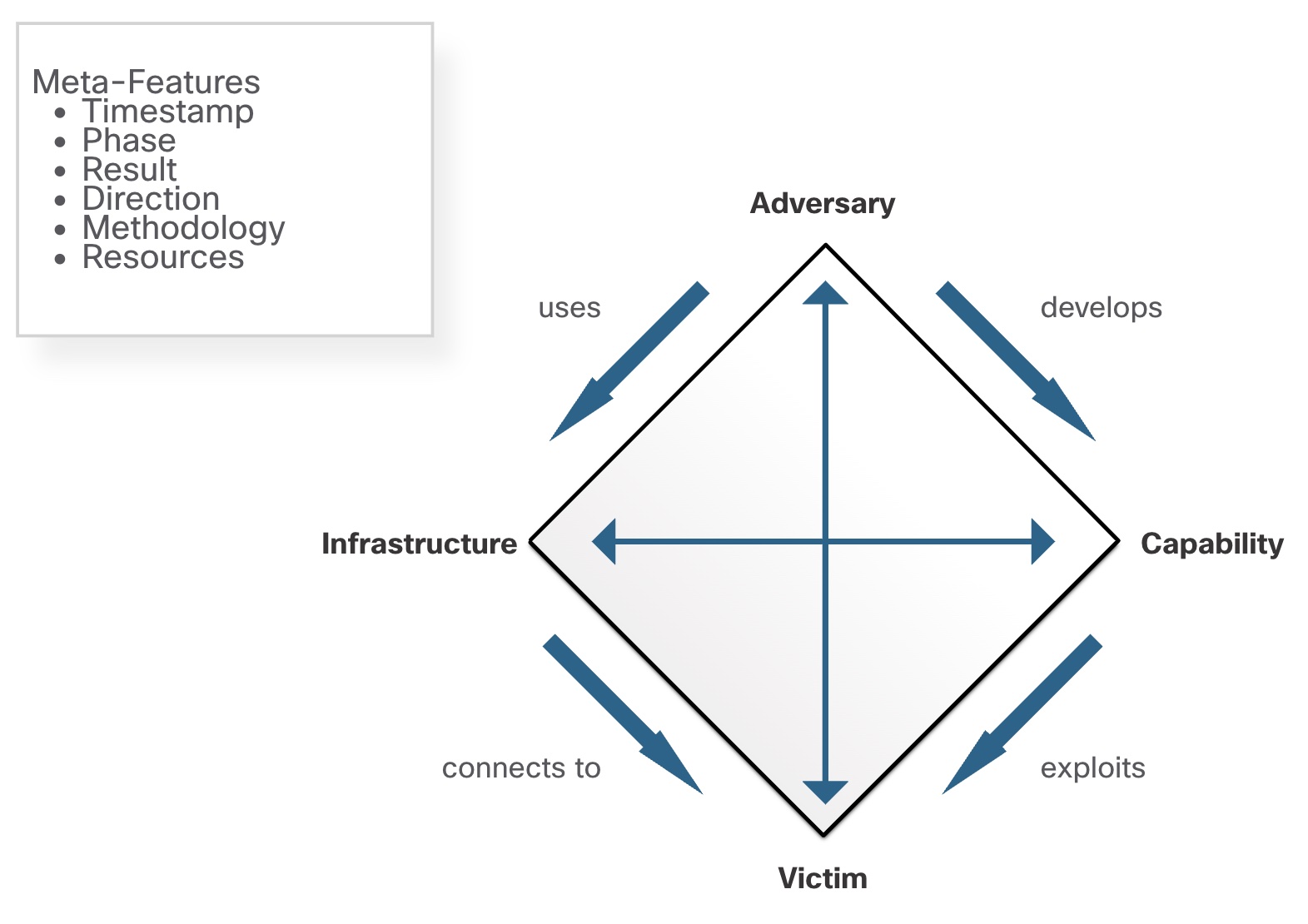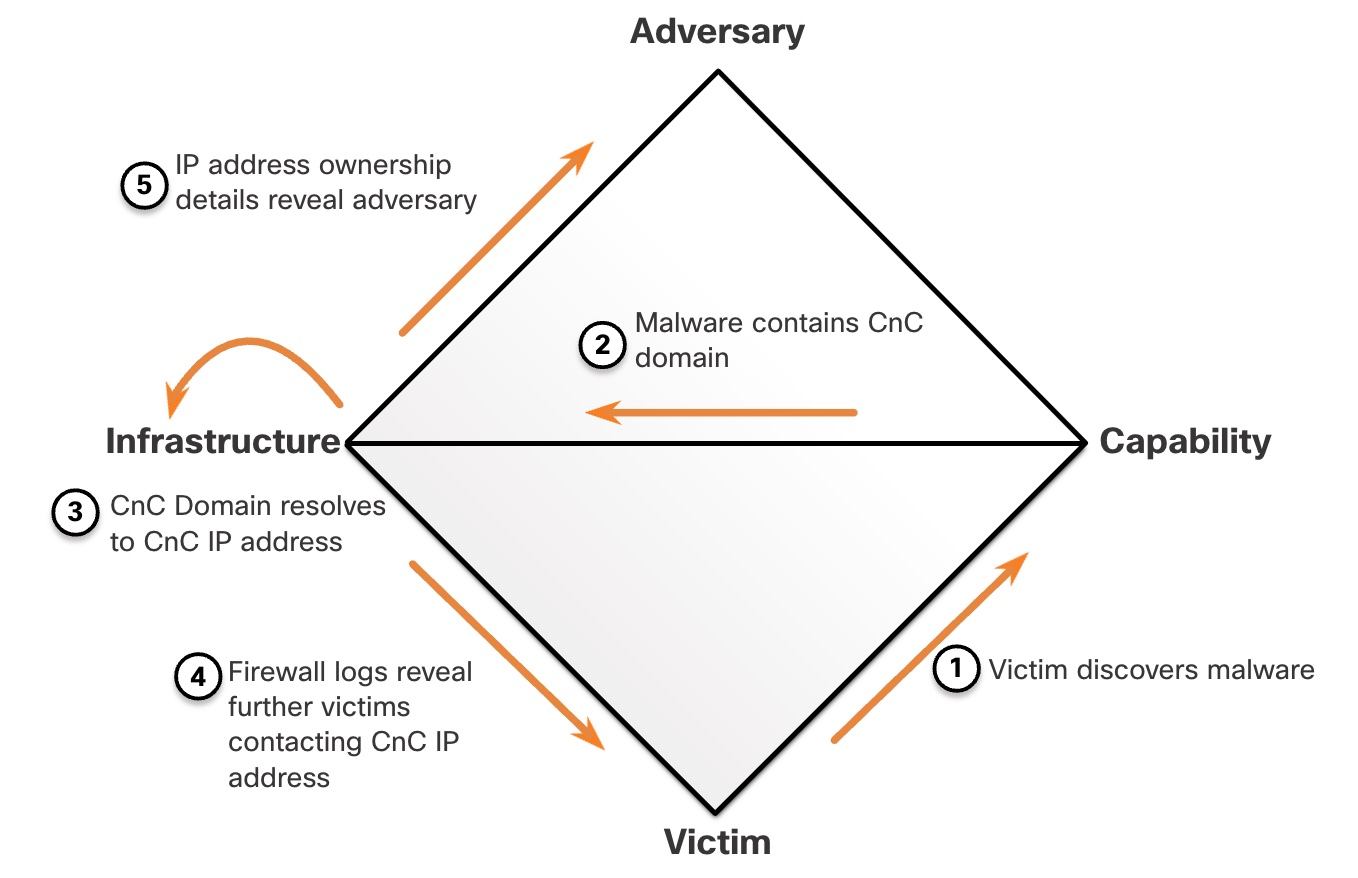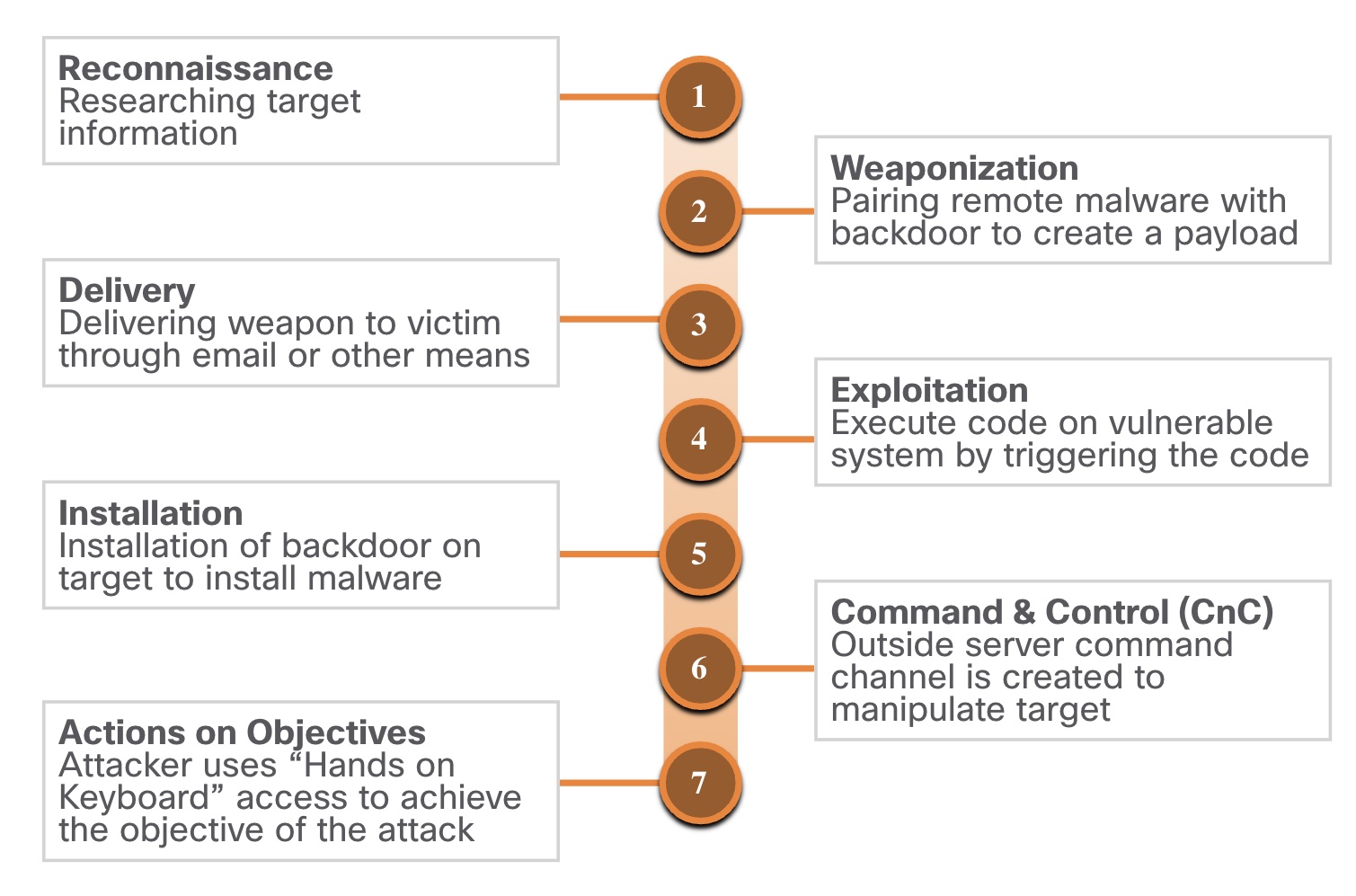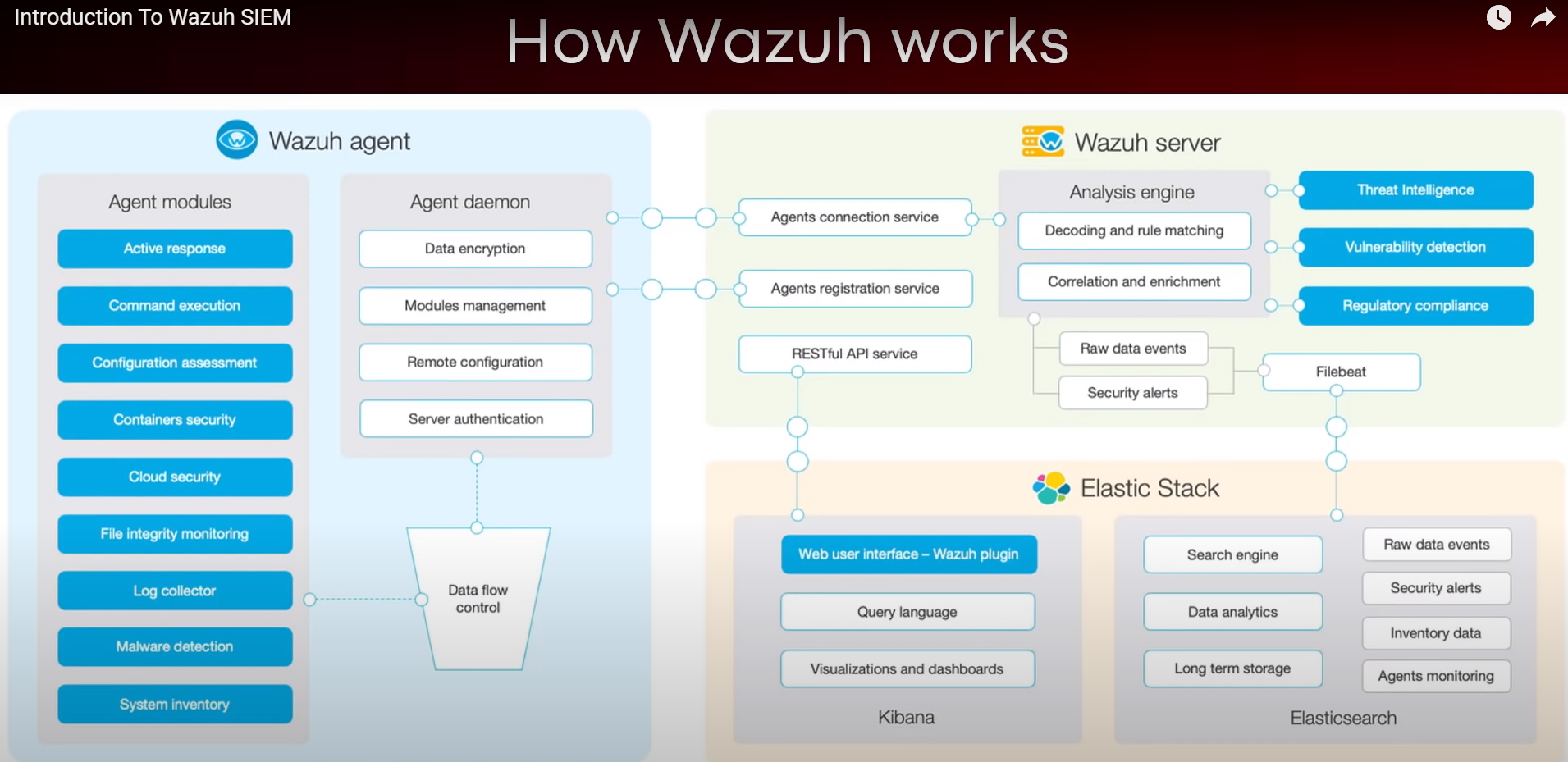
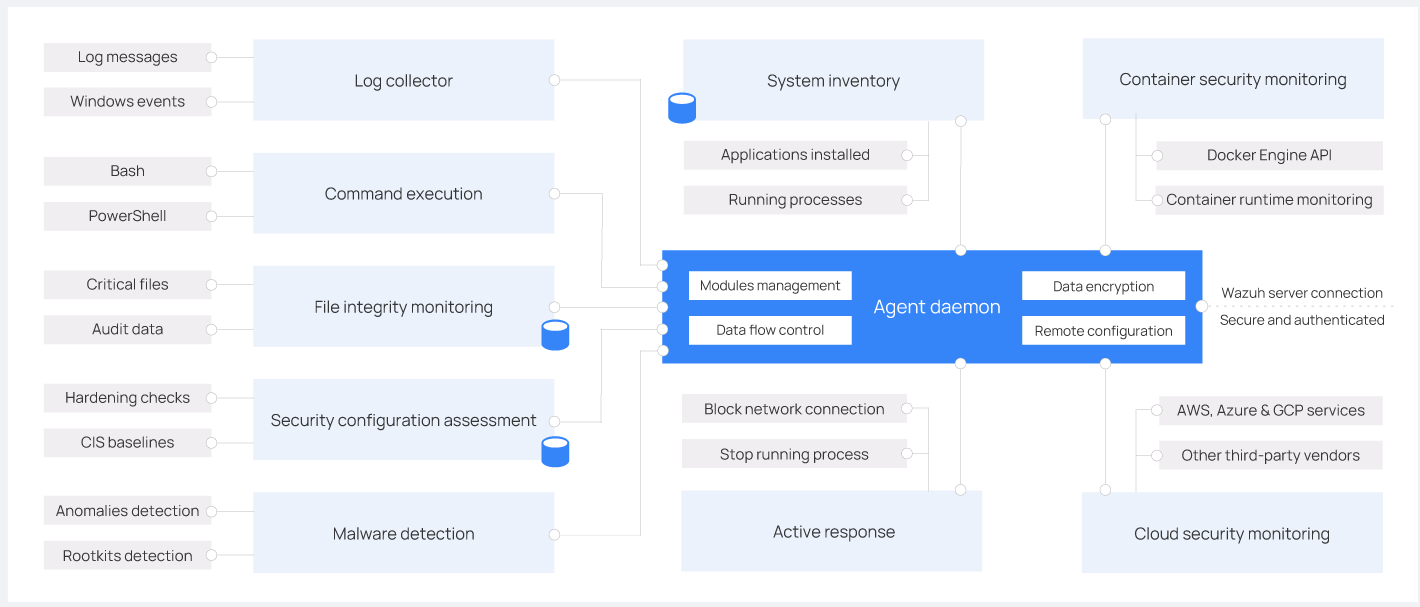

I don't know what's the matter with people: they don't learn by understanding, they learn by some other way — by rote or something. Their knowledge is so fragile! (Feynman)


In this example, the “Sender” mt.kb.user@gmail.com wants to send an email to the “Receiver” user@example.com. The sender composes the email at gmail.com, and user@example.com receives it in the email client Apple Mail.
Here is the example header:
From: Media Temple user (mt.kb.user@gmail.com)
Subject: article: How to Trace a Email
Date: January 25, 2011 3:30:58 PM PDT
To: user@example.com
Return-Path: <mt.kb.user@gmail.com>
Envelope-To: user@example.com
Delivery-Date: Tue, 25 Jan 2011 15:31:01 -0700
Received: from po-out-1718.google.com ([72.14.252.155]:54907) by cl35.gs01.gridserver.com with esmtp (Exim 4.63) (envelope-from <mt.kb.user@gmail.com>) id 1KDoNH-0000f0-RL for user@example.com; Tue, 25 Jan 2011 15:31:01 -0700
Received: by po-out-1718.google.com with SMTP id y22so795146pof.4 for <user@example.com>; Tue, 25 Jan 2011 15:30:58 -0700 (PDT)
Received: by 10.141.116.17 with SMTP id t17mr3929916rvm.251.1214951458741; Tue, 25 Jan 2011 15:30:58 -0700 (PDT)
Received: by 10.140.188.3 with HTTP; Tue, 25 Jan 2011 15:30:58 -0700 (PDT)
Dkim-Signature: v=1; a=rsa-sha256; c=relaxed/relaxed; d=gmail.com; s=gamma; h=domainkey-signature:received:received:message-id:date:from:to :subject:mime-version:content-type; bh=+JqkmVt+sHDFIGX5jKp3oP18LQf10VQjAmZAKl1lspY=; b=F87jySDZnMayyitVxLdHcQNL073DytKRyrRh84GNsI24IRNakn0oOfrC2luliNvdea LGTk3adIrzt+N96GyMseWz8T9xE6O/sAI16db48q4Iqkd7uOiDvFsvS3CUQlNhybNw8m CH/o8eELTN0zbSbn5Trp0dkRYXhMX8FTAwrH0=
Domainkey-Signature: a=rsa-sha1; c=nofws; d=gmail.com; s=gamma; h=message-id:date:from:to:subject:mime-version:content-type; b=wkbBj0M8NCUlboI6idKooejg0sL2ms7fDPe1tHUkR9Ht0qr5lAJX4q9PMVJeyjWalH 36n4qGLtC2euBJY070bVra8IBB9FeDEW9C35BC1vuPT5XyucCm0hulbE86+uiUTXCkaB 6ykquzQGCer7xPAcMJqVfXDkHo3H61HM9oCQM=
Message-Id: <c8f49cec0807011530k11196ad4p7cb4b9420f2ae752@mail.gmail.com>
Mime-Version: 1.0
Content-Type: multipart/alternative; boundary=”—-=_Part_3927_12044027.1214951458678″
X-Spam-Status: score=3.7 tests=DNS_FROM_RFC_POST, HTML_00_10, HTML_MESSAGE, HTML_SHORT_LENGTH version=3.1.7
X-Spam-Level: ***
Message Body: This is a KnowledgeBase article that provides information on how to find email headers and use the data to trace a email.
CAUTION:
It is important to know that when reading an email header every line can be forged, so only the Received: lines that are created by your service or computer should be completely trusted.
The easiest way for finding the original sender is by looking for the X-Originating-IP header. This header is important since it tells you the IP address of the computer that had sent the email. If you cannot find the X-Originating-IP header, then you will have to sift through the Received headers to find the sender’s IP address. In the example above, the originating IP Address is 10.140.188.3.
Once the email sender’s IP address is found, you can search for it at http://www.arin.net/. You should now be given results letting you know to which ISP (Internet Service Provider) or webhost the IP address belongs. Now, if you are tracking a spam email, you can send a complaint to the owner of the originating IP address. Be sure to include all the headers of the email when filing a complaint.
The NIST 800-61r2 standard provides guidelines for incident handling, particularly for analyzing incident-related data, and determining the appropriate response to each incident. The guidelines can be followed independently of particular hardware platforms, operating systems, protocols, or applications.
The first step for an organization is to establish a computer security incident response capability (CSIRC). NIST recommends creating policies, plans, and procedures for establishing and maintaining a CSIRC.
Policy Elements
An incident response policy details how incidents should be handled based on the organization’s mission, size, and function. The policy should be reviewed regularly to adjust it to meet the goals of the roadmap that has been laid out. Policy elements include the following:
Plan Elements
A good incident response plan helps to minimize damage caused by an incident. It also helps to make the overall incident response program better by adjusting it according to lessons learned. It will ensure that each party involved in the incident response has a clear understanding of not only what they will be doing, but what others will be doing as well. Plan elements are as follows:
Procedure Elements
The procedures that are followed during an incident response should follow the incident response plan. Procedures elements are as follows:
These are typical standard operating procedures (SOPs). These SOPs should be detailed so that the mission and goals of the organization are in mind when these procedures are followed. SOPs minimize errors that may be caused by personnel that are under stress while participating in incident handling. It is important to share and practice these procedures, making sure that they are useful, accurate, and appropriate.
Other groups and individuals within the organization may also be involved with incident handling. It is important to ensure that they will cooperate before an incident is underway. Their expertise and abilities can help the Computer Security Incident Response Team (CSIRT) to handle the incident quickly and correctly. These are some of the stakeholders that may be involved in handing a security incident:
The preparation phase is when the CSIRT is created and trained. This phase is also when the tools and assets that will be needed by the team to investigate incidents are acquired and deployed. The following list has examples of actions that also take place during the preparation phase:
Additional incident analysis resources might be required. Examples of these resources are a list of critical assets, network diagrams, port lists, hashes of critical files, and baseline readings of system and network activity. Mitigation software is also an important item when preparing to handle a security incident. An image of a clean OS and application installation files may be needed to recover a computer from an incident.
Often, the CSIRT may have a jump kit prepared. This is a portable box with many of the items listed above to help in establishing a swift response. Some of these items may be a laptop with appropriate software installed, backup media, and any other hardware, software, or information to help in the investigation. It is important to inspect the jump kit on a regular basis to install updates and make sure that all the necessary elements are available and ready for use. It is helpful to practice deploying the jump kit with the CSIRT to ensure that the team members know how to use its contents properly.
Different types of incidents will require different responses.
Attack vectors.
Detection.
There are automated ways of detection such as antivirus software or an IDS. There are also manual detections through user reports.
It is important to accurately determine the type of incident and the extent of the effects. There are two categories for the signs of an incident:
Analysis.
When an indicator is found to be accurate, it does not necessarily mean that a security incident has occurred. Some indicators happen for other reasons besides security. A server that continually crashes, for example, may have bad RAM instead of a buffer overflow attack occurring. To be safe, even ambiguous or contradictory symptoms must be analyzed to determine if a legitimate security incident has taken place. The CSIRT must react quickly to validate and analyze incidents. This is performed by following a predefined process and documenting each step.
Scoping.
When the CSIRT believes that an incident has occurred, it should immediately perform an initial analysis to determine the incident’s scope, such as which networks, systems, or applications are affected, who or what originated the incident, and how the incident is occurring. This scoping activity should provide enough information for the team to prioritize subsequent activities, such as containment of the incident and deeper analysis of the effects of the incident.
Incident Notification.
When an incident is analyzed and prioritized, the incident response team needs to notify the appropriate stakeholders and outside parties so that all who need to be involved will play their roles. Examples of parties that are typically notified include:
Containment strategy
These are some conditions to determine the type of strategy to create for each incident type:
Evidence.
These are some of the most important items to log when documenting evidence used in the chain of custody:
Attacker Identification.
These are some of the most important actions to perform to attempt to identify an attacking host during a security incident:
Eradication, recovery and remediation.
This includes malware infections and user accounts that have been compromised. All of the vulnerabilities that were exploited by the attacker must also be corrected or patched so that the incident does not occur again.
To recover hosts, use clean and recent backups, or rebuild them with installation media if no backups are available or they have been compromised. Also, fully update and patch the operating systems and installed software of all hosts. Change all host passwords and passwords for critical systems in accordance with the password security policy. This may be a good time to validate and upgrade network security, backup strategies, and security policies. Attackers often attack the systems again, or use a similar attack to target additional resources, so be sure to prevent this as best as possible. Focus on what can be fixed quickly while prioritizing critical systems and operations.
After a major incident has been handled, the organization should hold a “lessons learned” meeting to review the effectiveness of the incident handling process and identify necessary hardening needed for existing security controls and practices. Examples of good questions to answer during the meeting include the following:
NIST Special Publication 800-61 provides the following examples of activities that are performed during an objective assessment of an incident:
These are some of the determining factors for evidence retention:
The critical recommendations from NIST for sharing information are as follows:
example 28.4.13-lab—incident-handling
